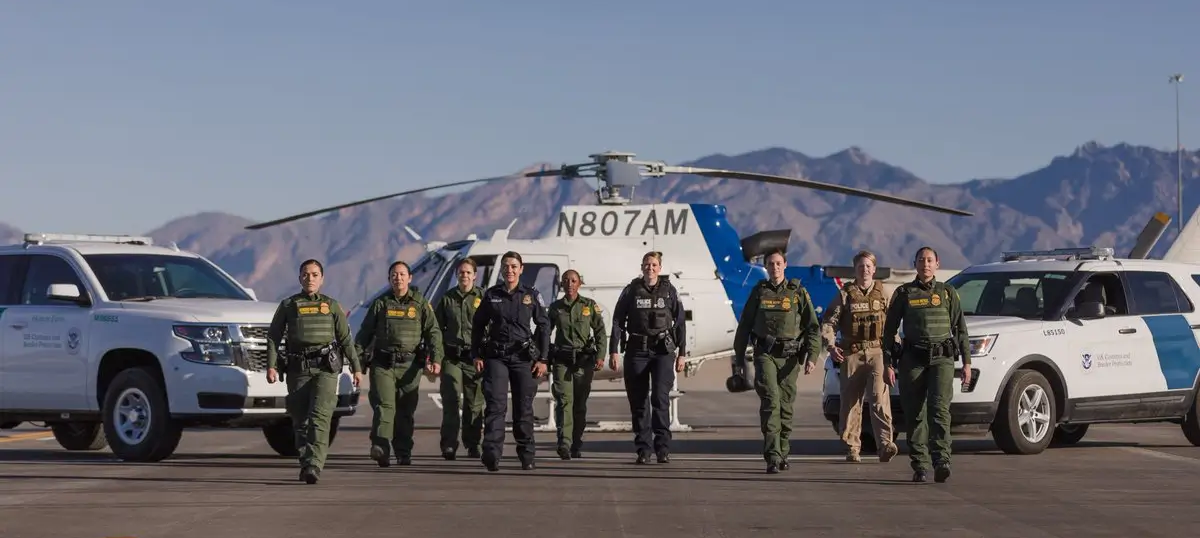10 Feb Asymmetric Warfare, Complex Operations, Counter Insurgency, and what it all means
Asymmetric Warfare, Complex Operations, Counter Insurgency, and what it all means
“When conventional tactics are altered unexpectedly according to the situation, they take on the element of surprise and increase in strategic value.†–Sun Bin, The Lost Art of War
Asymmetric Warfare is a conflict involving nation-states and non-state actors where one side’s military, strategy, or tactics differ greatly from the other. Previously called Irregular Warfare, it is a form of military conflict where one side attempts to exploit the characteristic weaknesses of the other.
A fundamental shift has occurred on the world stage in which its actors can no longer equal the military superiority of the U.S. military machine through conventional warfare methods. Therefore, America’s adversaries are increasingly turning to asymmetric strategies in an effort to defeat the United States unconventionally rather than through force on force conflict.
The importance of understanding asymmetric warfare is therefore critical to the continued evolution in U.S. force modernization strategy and must therefore drive the study of complex operations, Counter Insurgency (COIN), and counter terrorism so the United States can respond in kind to its adversaries.
Captain Larry Sequist agrees, “While the U.S. military pushed toward high-tech, low-casualty combat, war went the opposite direction-toward brutal neighbor-on-neighbor killing, carried out by ragtag collections of citizen-warriors, some of them just children.â€
As the United States continues to adapt to asymmetric threats, America’s adversaries are to adapting to the United States. Recently, a growing number of terrorists are using women as martyrs to carry out suicide bomb attacks on U.S. and NATO forces in Afghanistan, known as the Mujahida. Women are now playing an active role in terrorist attacks against U.S. and NATO forces globally. Something US and NATO forces were not prepared for.
In summary, Asymmetric Warfare is a violent struggle among state and non-state actors for legitimacy and influence over the relevant populations. Asymmetric Warfare favors indirect and asymmetric approaches, though it may employ the full range of military and other capabilities in order to erode an adversary’s power, influence, and will. It is inherently a protracted struggle that will indeed test the resolve of the United States and our strategic partners.
The Committee on Asymmetric Warfare at the Women in Homeland Security will focus on issues of Asymmetric Warfare, complex operations, counter insurgency, counter terrorism, and the role of women on both sides of the conflict. The Committee will conduct regular interviews and podcasts, publishing stories on the role of women in asymmetric warfare and how women in the U.S. military are becoming an increasingly critical role in working to combat civilian surges and operational asymmetric threats in Afghanistan.
In April of 2010, female U.S. soldiers began working as members of the first full-time “female engagement teams,†the military’s name for four- and five-member units that will accompany men on patrols in Afghanistan’s Helmand province to try to win over the rural Afghan women who are culturally off-limits to outside men. The teams, which are to meet with the Afghan women in their homes, assess their need for aid and gather intelligence, are part of Gen. Stanley A. McChrystal’s campaign for Afghan hearts and minds. His officers say that you cannot gain the trust of the Afghan population if you only talk to half of it.
Women are also taking increased roles in other parts of U.S. military operations, including intelligence, which the Committee will also study as female Human Intelligence (HUMINT) operators, analysts, and targeteers, take to the stage as the Unified Commands work in Joint Operations together to combat the growing number of asymmetric threats the US now faces.


Sorry, the comment form is closed at this time.